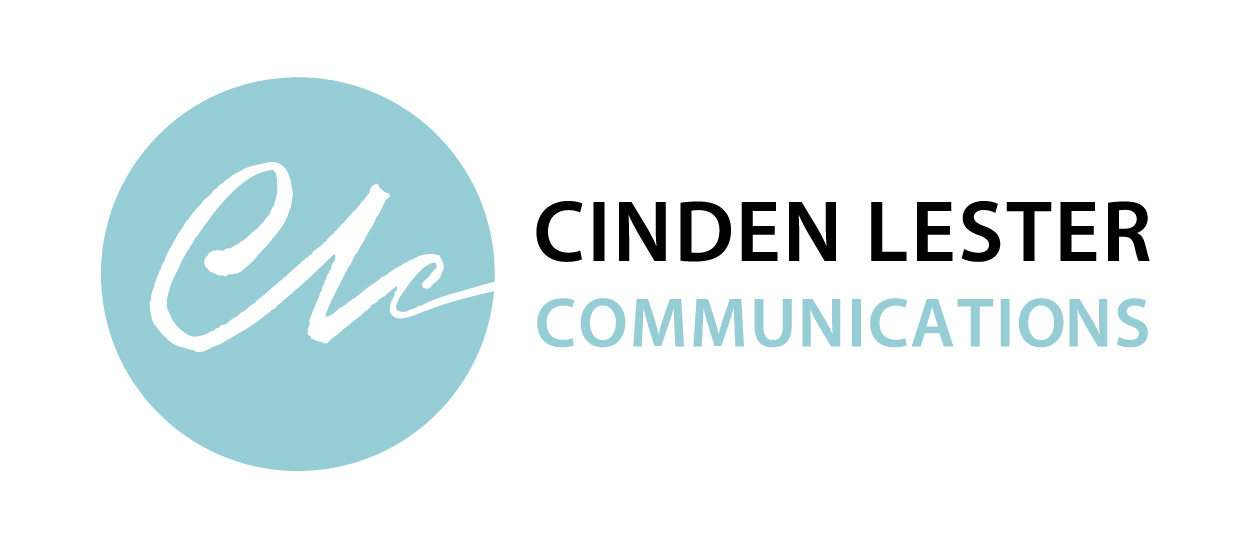
It seems everywhere you turn these days, someone is advocating ‘content marketing’ as the most effective way to communicate with stakeholders, both for government and the private sector.
According to the Content Marketing Institute, content marketing is about creating and sharing ‘valuable, relevant and consistent content’ to attract a defined audience, with the objective of driving action.
Sounds logical. Whether or not you’re actually responsible for communications, and whether you’re dealing with internal or external stakeholders, there’s value in that.
But in the general busyness of getting through each day, where do you find such ‘valuable, relevant content’?
Here are some thoughts on how to tap that gold mine of content that could be just below the surface in your organisation.
Use these prompts to help you come up with content that resonates.
- Start with your stakeholders—What are they interested in? What do they need to know?
- Brainstorm as a team—Discuss possible story ideas at regular team meetings.
- Brainstorm with other teams—Ask other teams about their stakeholders, commonly asked questions and issues, how they could improve the way they communicate with their stakeholders, what outcomes their work delivers, and how those outcomes benefit their stakeholders.
- Think like journalists—Ask ‘what, where, how, why, who and when?’ questions. Think about the ‘so what?’ factor for your stakeholders.
- Check news reports—Monitor topical issues related to your organisation’s work to spark ideas for content that can illustrate, explain, clarify or correct news reports.
- Keep tabs on stakeholder questions—Monitor stakeholder questions, concerns, and issues raised directly with your organisation through call centres, on social media, through correspondence and so on.
- Review other content—Review material being developed for other purposes (like briefings, web pages, reports, presentations) to identify story opportunities.
Find a catchy hook for your content with these options.
- Personal stories—Illustrate and humanise the outcomes of your work with stories about how initiatives, funding or programs have assisted individuals or groups.
- Organisation or community examples—Stories that explain how an organisation or community has implemented reforms or programs can highlight the benefits.
- Milestones—Anniversaries, key dates, announcements, launches or other milestone events can provide an opportunity to revisit initiatives and the benefits they are delivering.
- Case studies—Stories that identify a problem or issue and then explain the solution can demonstrate the value of your work.
- FAQs—Content that explains commonly requested information can be used in a variety of ways.
- Facts and statistics—Stories that explain statistical information can bring data to life and provide the reasons behind decisions.
- Trends and emerging issues—Stories about emerging trends or issues can be used in similar ways to stories that explain facts or statistics.
Consider these ideas to develop a checklist that can help you identify and prioritise content.
- Touch points—What is the extent of your organisation’s engagement or involvement? What is the scale in dollar terms, geographic spread or impact? What locations or regions are involved?
- Audience—Who is affected and how?
- Topical—Are there links to current or emerging issues?
- Government interest—Are there links to issues of particular interest for the Government?
- Shelf life—How long will the content remain current? Are there opportunities to update the content at key points or milestones?
- Events—Are there relevant events, deadlines or cycles that provide opportunities to publish (or update) content?
When you think about it, content marketing boils down to understanding your stakeholders and communicating with them in an interesting and meaningful way. Sounds a lot like good old fashioned, professional, two-way communications. What do you think?
| Cinden Lester has more than 25 years’ experience as a professional writer, editor and communications specialist—having worked as a broadcast journalist, in private sector marketing and public relations, and in government communications before establishing her own Canberra-based communications consultancy.
Contact Cinden if you’d like some help to write your organisation’s stories. |

